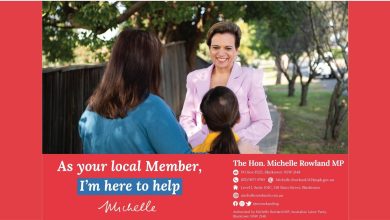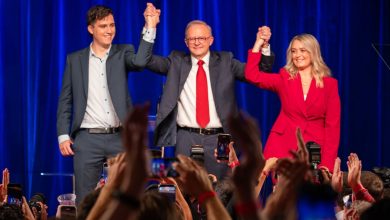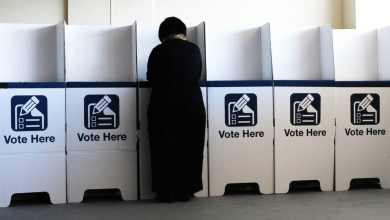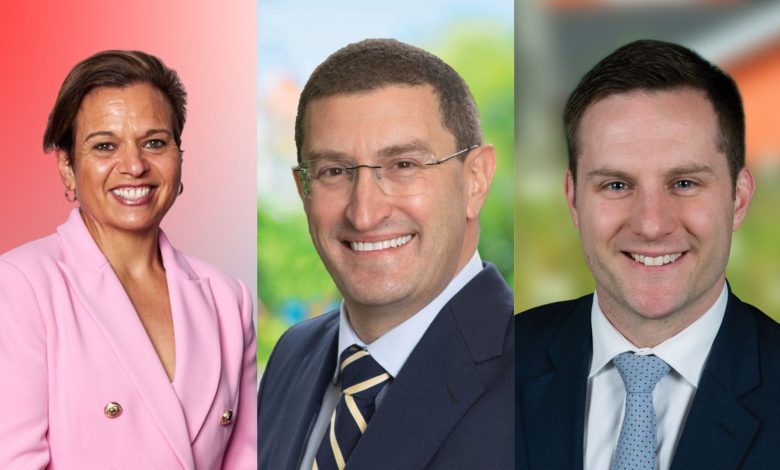
Federal Election Results – What Does It Mean for North-West Sydney?
By Rajiv Chaudhri - Editor in Chief
Michelle Rowland retains Greenway
The 2025 Australian Federal Election in the Division of Greenway, located in Sydney’s western suburbs, 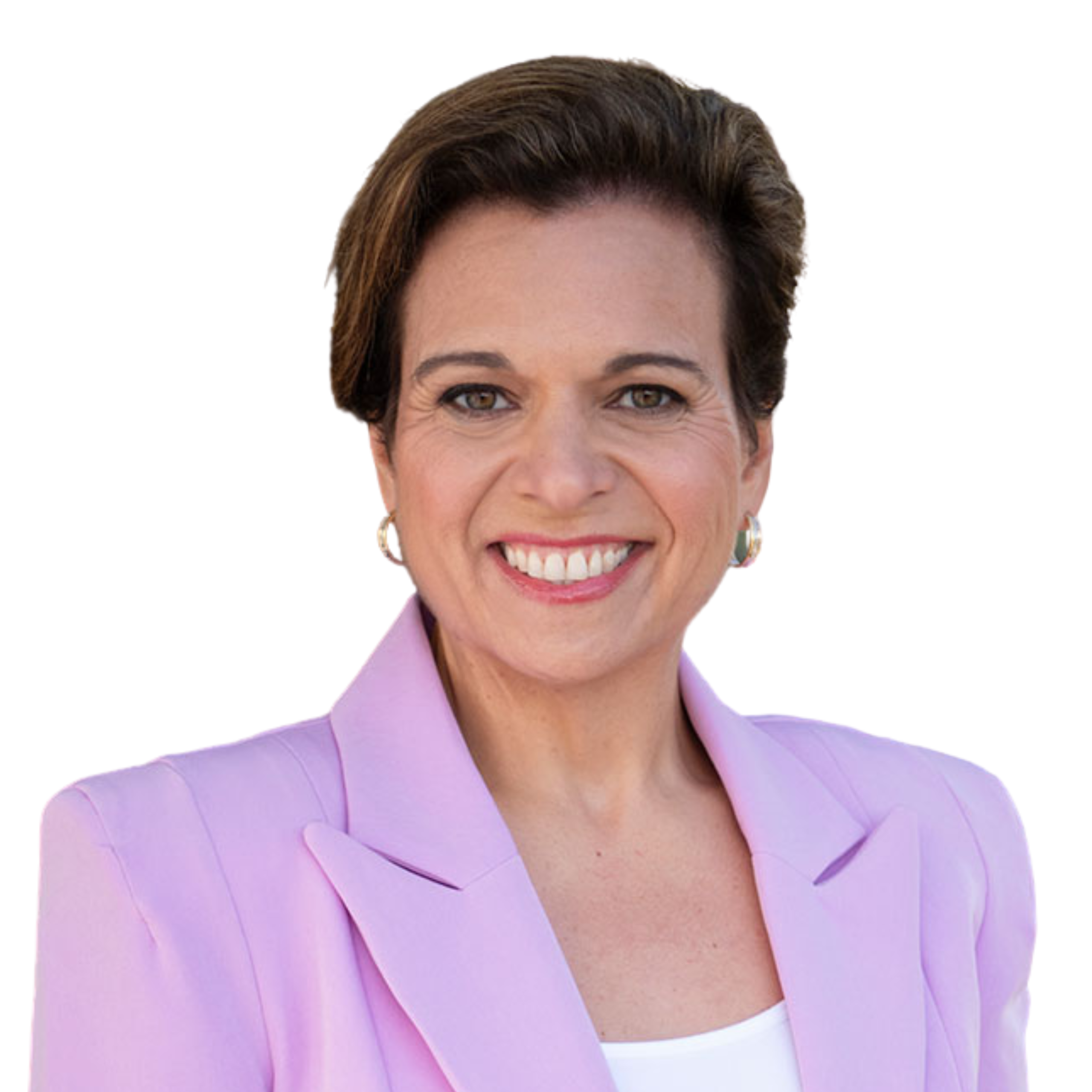 reaffirmed its status as a Labor stronghold, with incumbent MP Michelle Rowland securing a decisive victory. This outcome reflects both her entrenched local support and the broader momentum of the Australian Labor Party (ALP) across New South Wales.
reaffirmed its status as a Labor stronghold, with incumbent MP Michelle Rowland securing a decisive victory. This outcome reflects both her entrenched local support and the broader momentum of the Australian Labor Party (ALP) across New South Wales.
With 84.2% of the vote counted, Michelle Rowland led by a substantial margin of 23,212 votes over her nearest rival, maintaining a commanding 61.53% share in the two-candidate-preferred count. Michelle Rowland won each booth in Greenway despite taking over liberal stronghold areas through redistribution of Greenway increasing her overall margins substantially.
This result not only solidified Rowland’s position but also contributed to the ALP’s overall success in the 2025 federal election, where the party secured a majority government.
🔍 Campaign Dynamics and Key Issues
Throughout the campaign, Rowland emphasised her commitment to local infrastructure projects, healthcare improvements, and education funding. Her track record and focus on community engagement resonated with voters, reinforcing her appeal in the electorate.
The Liberal Party’s campaign was overly aggressive & intimidating, left a poor taste for voters in Greenway as it faced challenges, including a lack of clear policy direction and internal party divisions at the local, state & national level. These factors, coupled with the ALP’s targeted messaging and grassroots mobilisation, contributed to the swing towards Labor in the seat.
🗳️ Historical Context and Electoral Trends
Greenway has been held by the ALP since 2010, with Rowland first winning the seat in that year’s federal election. Over successive elections, she has increased her margin, reflecting growing support in the electorate. The 2025 result continues this trend, indicating sustained confidence in her representation.
The electorate’s demographics, characterised by a diverse and growing population, have aligned with Labor’s policy priorities, particularly in areas such as multicultural affairs, social services, and urban development.
🔮 Implications for the Future
Rowland’s re-election positions her as a prominent figure within the ALP, potentially influencing policy directions and party strategy in Western Sydney and beyond. Her continued presence in Parliament ensures that Greenway’s interests remain integral to national discussions, particularly concerning infrastructure and community services.
For the Liberal Party, the result in Greenway underscores the need for introspection and strategic recalibration and a more relevant candidate with community runs on the board serving to regain competitiveness in urban electorates.
Liberals Hold Mitchell Despite Significant Swing
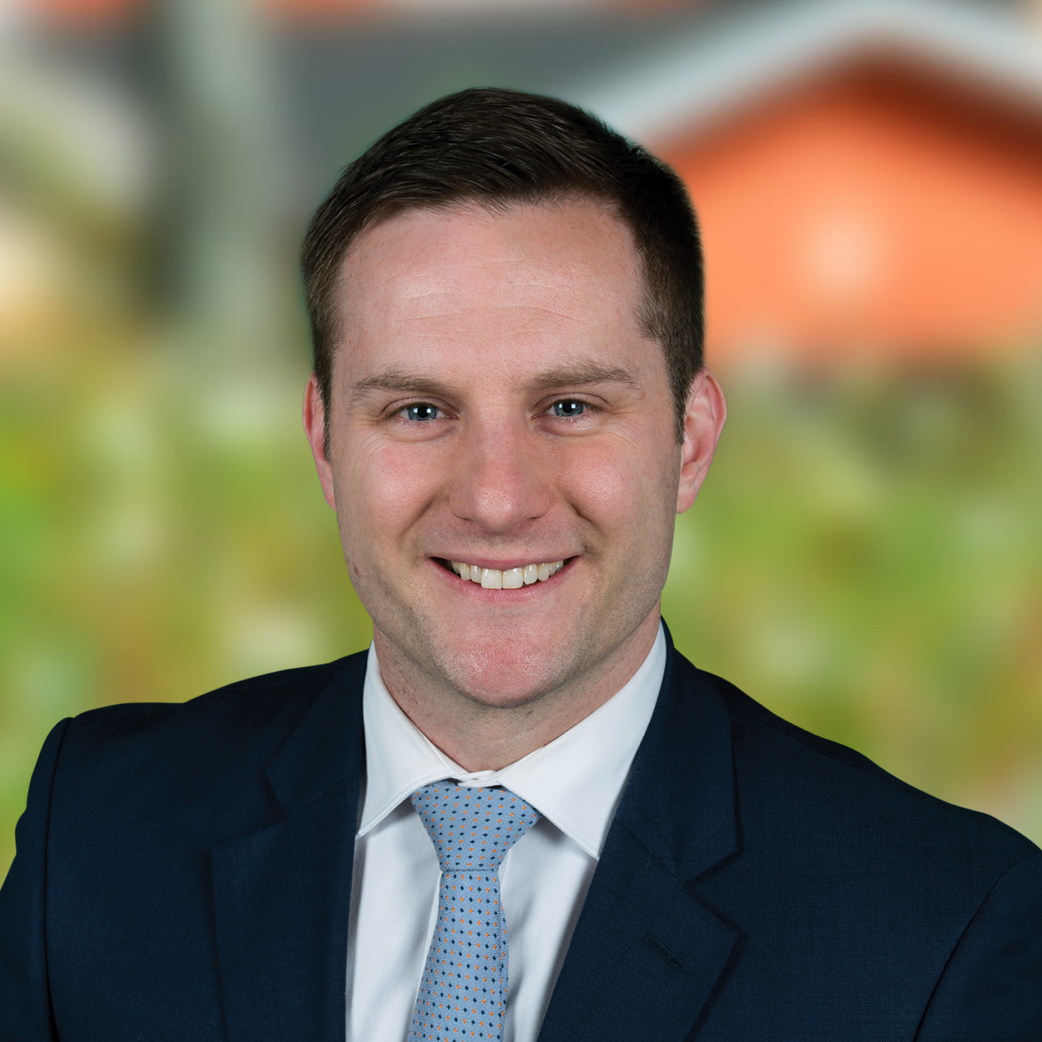 The 2025 Australian Federal Election in the Division of Mitchell, located in Sydney’s north-west, marked a significant shift in the political landscape, with the Liberal Party experiencing a notable decline in support. Despite retaining the seat, the substantial swing against the Liberals reflects broader challenges facing the party both locally and nationally.
The 2025 Australian Federal Election in the Division of Mitchell, located in Sydney’s north-west, marked a significant shift in the political landscape, with the Liberal Party experiencing a notable decline in support. Despite retaining the seat, the substantial swing against the Liberals reflects broader challenges facing the party both locally and nationally.
Incumbent Liberal MP Alex Hawke, who despite being a back bencher, was scarcely visible in the Hills at local & community events, successfully defended his seat in Mitchell; however, the victory was tempered by a considerable swing against him. With 82.5% of the vote counted, Hawke led by 8,589 votes, securing 60.69% of the two-candidate-preferred vote – a significant decrease from the previous election.
This nearly 8% swing away from the Liberals is particularly striking in a seat long considered a party stronghold. The redistribution prior to the election, which slightly reduced the Liberal margin from 10.7% to 10.5%, may have contributed to this shift.
🔍 Campaign Dynamics and Key Issues
The campaign in Mitchell was influenced by several factors contributing to the Liberal Party’s diminished support:
- National Party Challenges: The Liberal Party faced internal criticism for its campaign strategies, including spending approximately $1.5 million on polling that failed to predict the election outcome accurately.
- Policy Positions: Controversial policy announcements, such as proposed public service cuts, were perceived as alienating to voters, particularly in urban electorates like Mitchell.
- Demographic Changes: The electorate’s evolving demographics, with increasing diversity and younger populations, may have contributed to shifting political preferences.
🗺️ Historical Context and Electoral Trends
Mitchell has been predominantly held by the Liberal Party since its creation in 1949, with only brief periods under Labor control. The recent swing against the Liberals, despite retaining the seat, indicates a potential erosion of the party’s traditional base.
🔮 Implications for the Future
The results in Mitchell mirror a broader national trend of the Liberal Party losing ground in urban electorates. Former Liberal minister Christopher Pyne emphasised the need for the party to address internal issues, such as gender imbalance and divisive messaging, to reconnect with voters.
The significant swing in Mitchell serves as a warning sign for the Liberal Party, highlighting the necessity for introspection and strategic realignment to regain competitiveness in future elections.
Liberals Retain Berowra Amidst Significant Swing
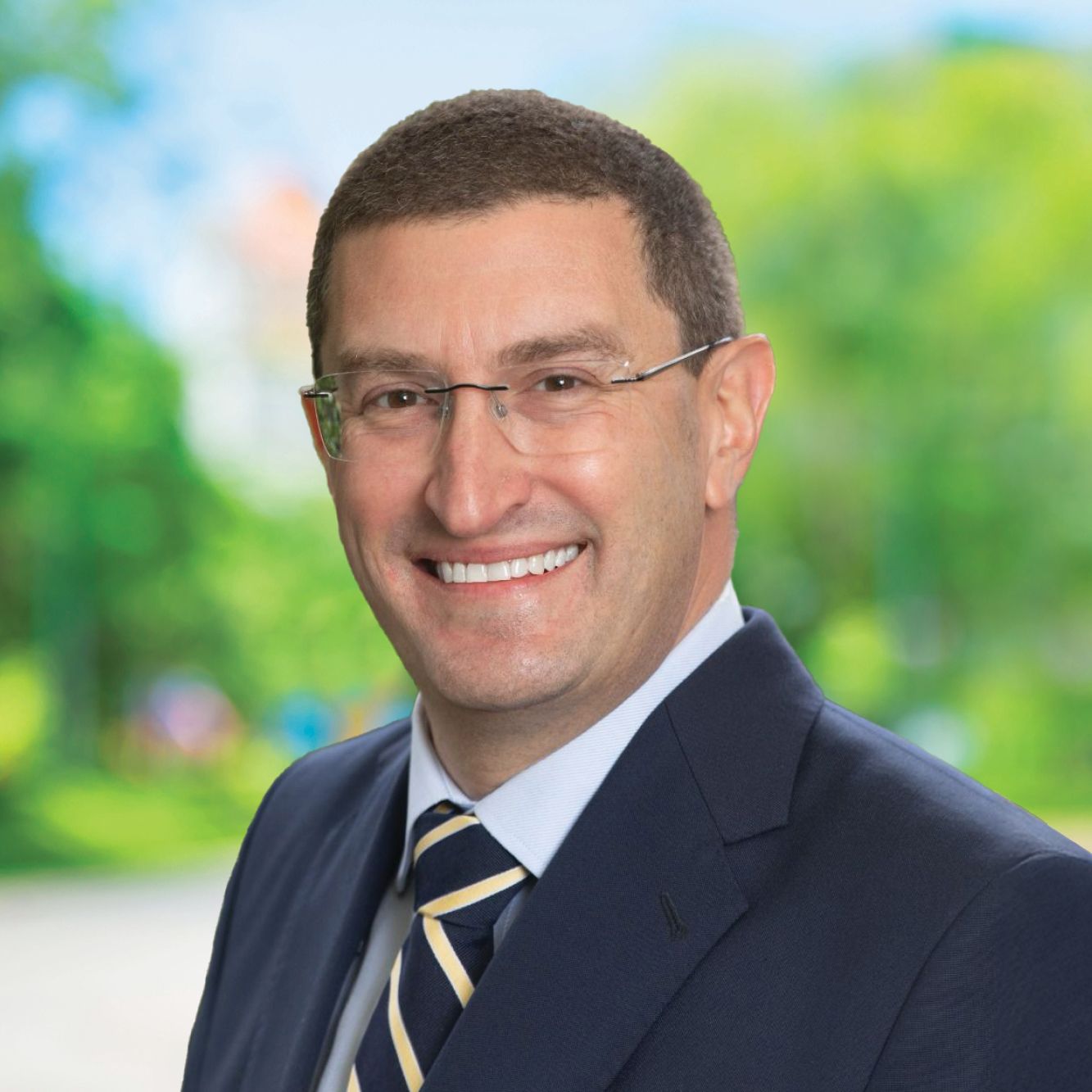 The 2025 Australian Federal Election in the Division of Berowra, situated in Sydney’s north-west, revealed a significant shift in voter sentiment, with the Liberal Party experiencing a notable decline in support. Despite retaining the seat, the substantial swing against the Liberals underscores broader challenges facing the party both locally and nationally.
The 2025 Australian Federal Election in the Division of Berowra, situated in Sydney’s north-west, revealed a significant shift in voter sentiment, with the Liberal Party experiencing a notable decline in support. Despite retaining the seat, the substantial swing against the Liberals underscores broader challenges facing the party both locally and nationally.
Incumbent Liberal MP Julian Leeser successfully defended his seat in Berowra; however, the victory was tempered by a considerable swing against him by Labor’s Benson Koschinski. Leeser secured 51.91% of the two-party-preferred vote, reflecting a 5.65% swing away from the Liberals compared to the previous election. This result indicates a narrowing margin in a seat long considered a Liberal stronghold.
🔍 Campaign Dynamics and Key Issues
Several factors contributed to the Liberal Party’s diminished support in Berowra:
- Emergence of Independent Candidates: The candidacy of Tina Brown, a ‘Teal’ independent backed by Climate 200, introduced a new dynamic to the electorate. Her campaign focused on climate action and housing affordability, resonating with voters seeking alternatives to traditional party platforms.
- National Party Challenges: The Liberal Party faced internal criticism for its campaign strategies, including spending approximately $1.5 million on polling that failed to accurately predict the election outcome. This misallocation of resources may have diverted attention from defending vulnerable seats like Berowra.
- Policy Positions: Controversial policy announcements, such as proposed public service cuts, were perceived as alienating to voters, particularly in urban electorates like Berowra.
🗺️ Historical Context and Electoral Trends
Berowra has been predominantly held by the Liberal Party since its creation in 1969, with only brief periods under Labor control. The recent swing against the Liberals, despite retaining the seat, indicates a potential erosion of the party’s traditional base.
🔮 Implications for the Future
The results in Berowra mirror a broader national trend of the Liberal Party losing ground in urban electorates. It is imperative for the party to address internal issues, such as gender imbalance and divisive messaging, to reconnect with voters.
The significant swing in Berowra serves as a warning sign for the Liberal Party, highlighting the necessity for introspection and strategic realignment to regain competitiveness in future elections.
For all the up to date Federal Elections results please view below.
View Federal Election Results Here


